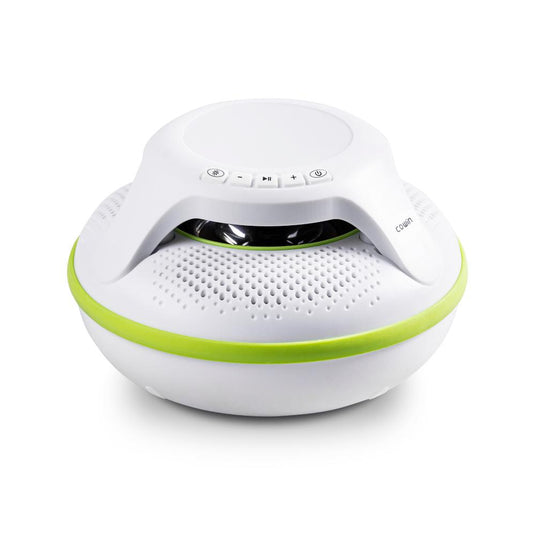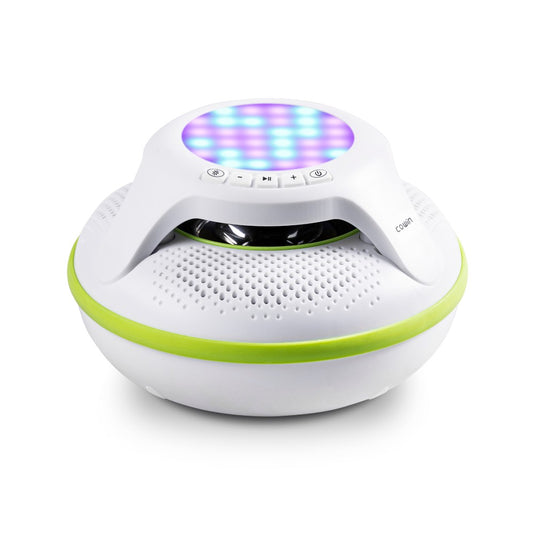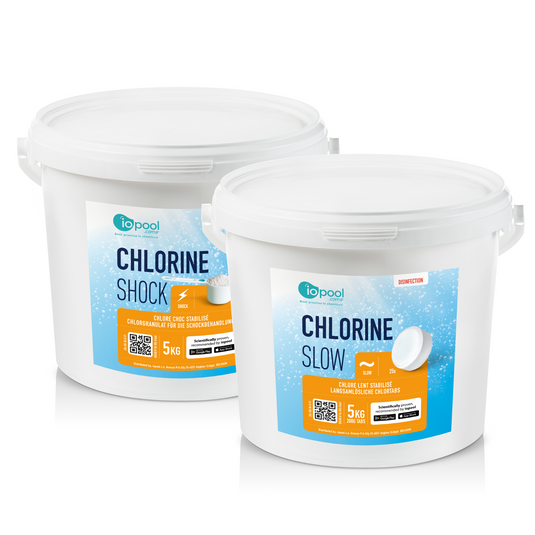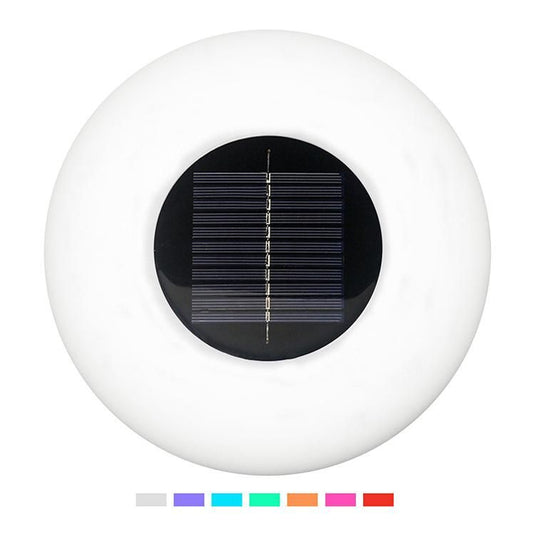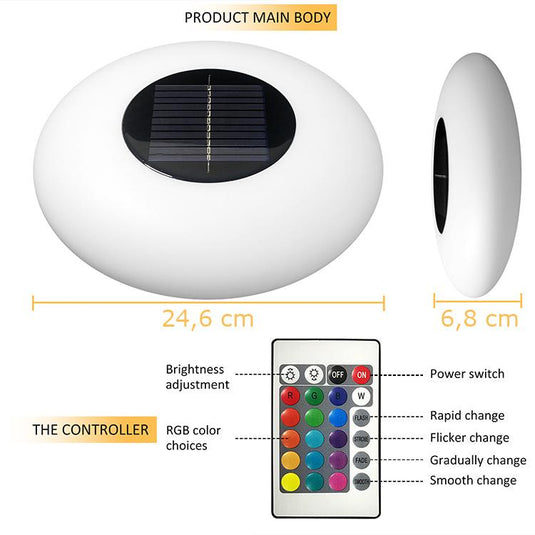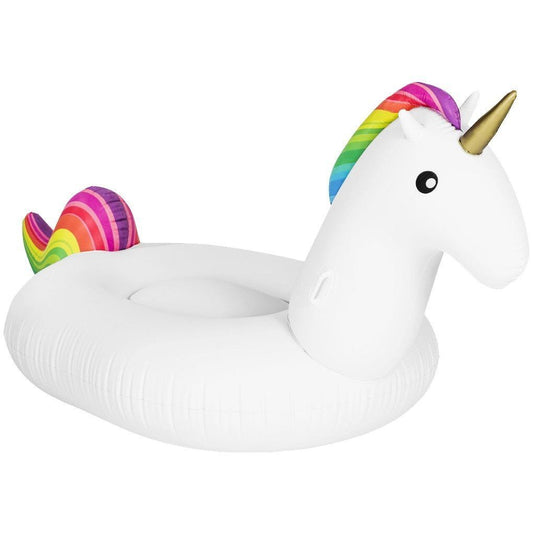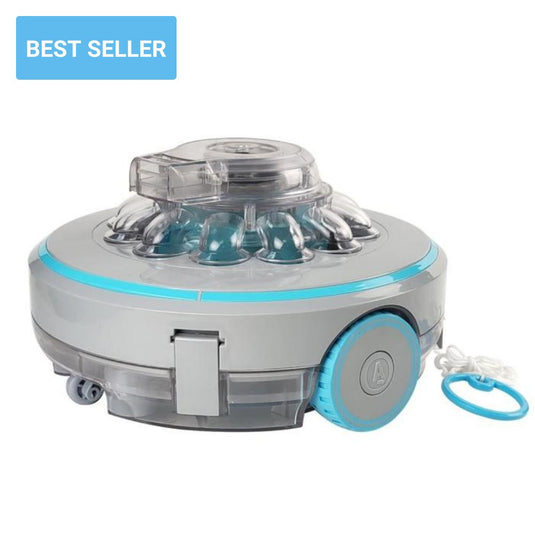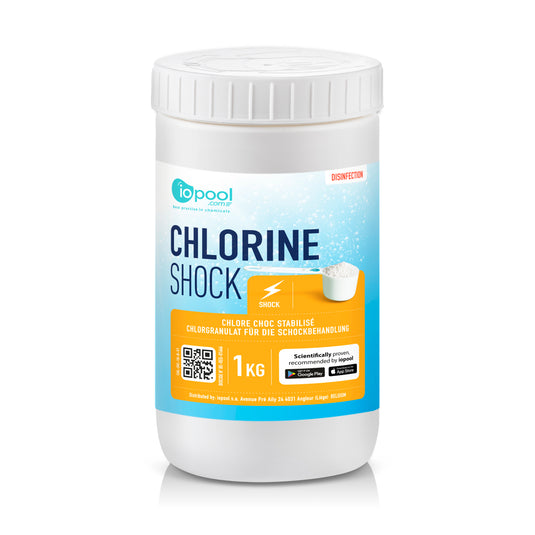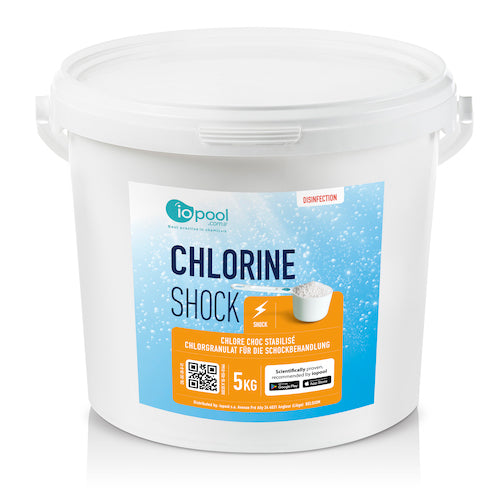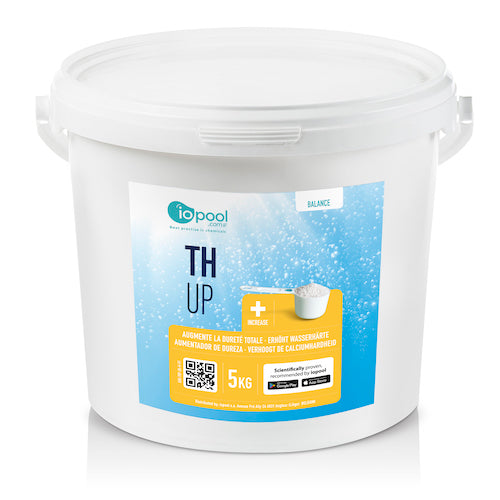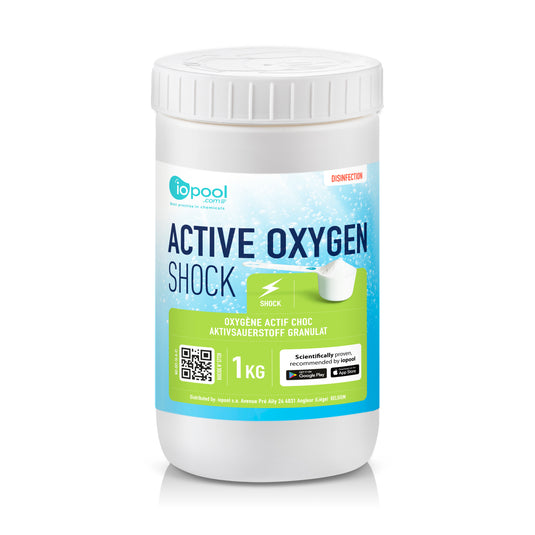Have You Heard About Cold Water Therapy? More About This Trend
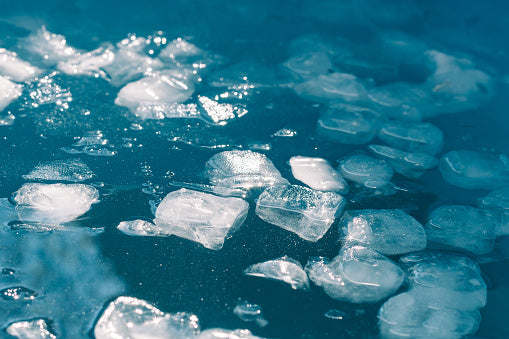
You certainly came across people plunging themselves into cold, or freezing water on the Internet. You also may associate this activity with Northern European's habits. A simple cold water therapy can lead to cryotherapy for the most hardy, risk-takers. But to what extent is this safe? What are the benefits, and risks, of such practices?
What is Cold Water Therapy, or Cryotherapy?
Cold water therapy, also known as cold water immersion or cryotherapy, involves the use of cold water for therapeutic purposes. The name is thus quite explicit.
The principal purpose of cryotherapy is the withdrawal of heat in the tissues.
According to studies, contact with cold temperatures provides various physiological responses that can have potential health benefits. Cold water therapy can be administered in different ways, including:
-
Cold Water Immersion: This method involves immersing the body or specific body parts in cold water, typically ranging from ice baths to cool water baths. Research suggests that the ideal temperature range for a cold plunge is between 50-60 Fahrenheit (ca. 10-15 Celsius) Degrees.
-
Cold Showers: Taking cold showers involves exposing the body to cold water during a regular shower, gradually reducing water temperature.
-
Cryotherapy Chambers: Specialized chambers or rooms that use freezing temperatures, often using liquid nitrogen, to expose the entire body to cold conditions for a short duration. Practitioners use temperatures as low as -292 Fahrenheit (ca. -180 °C) Degrees (yes! You read well).
💡 Physical therapists commonly use topical ice application and cold water immersion for muscle recovery and pain reduction. Other health care providers rely on the power of cold to heal numerous mental and physical issues.
What Are The Benefits?
"Why would I go through that?", you may ask. Well, the scientific community have been studying this for a long time. In fact, humans have been dipping themselves in cold water for centuries. Ancient Greeks utilized cold-water for therapies as well as relaxation and socialization; Hippocrates in fourth century BC documenting the use of cold for medicinal purposes and analgesic benefits (Tsoucalas et al. 2015).
Since the middle of the 20th century, or the 60s, scientists like Clarke, Tipton, Bierman and many others delved into the effects of cold water therapy.
The main benefits observed are:
-
Reduced Inflammation: Cold exposure may help decrease inflammation and reduce swelling in muscles and joints. Indeed, have you noticed how ice can reduce the pain and size of a fresh bruise?
-
Muscle Recovery: Athletes often use cold water therapy to enhance muscle recovery after intense physical activity by reducing muscle soreness and fatigue. They are however always strictly examined by a health professional.
-
Pain Relief: Cold water therapy can provide pain relief by numbing nerve endings and reducing pain signals. For some injuries, cold can have a numbing effect on the nerves, while reducing inflammation.
-
Improved Circulation: Cold exposure may stimulate blood circulation, potentially benefiting cardiovascular health.
-
Faster Healing of Injuries: Cold therapy is believed to promote faster healing of certain injuries, as it may help constrict blood vessels and reduce blood flow to injured tissues.
-
Enhanced Mood and Alertness: Some individuals report improved mood and increased alertness after exposure to cold water, which may be attributed to the release of endorphins and increased circulation.
-
Improved Sleep: Cold water therapy, especially when taken before bedtime, may promote better sleep by helping the body cool down and relax.
-
Stress Reduction: Cold water immersion may trigger the release of stress hormones, providing a potential stress-relieving effect.
-
Increased Energy and Alertness: Exposure to cold water is believed to increase levels of alertness and energy by activating the sympathetic nervous system.
The benefits are appealing. Adults without underlining conditions may safely benefit from cold water therapy at the end of a shower, or in their pool.
However, as you might imagine, THERE EXIST RISKS TO SUCH PRACTICES.
Potential risks to consider

It is crucial to be aware of these risks and take precautions to minimize any adverse effects. Some risks include:
-
Hypothermia: Prolonged exposure to freezing water can lead to hypothermia, a condition where the body loses heat faster than it can produce it. Hypothermia can result in symptoms such as shivering, confusion, fatigue, and, in severe cases, it can be life-threatening.
-
Cold Shock Response: When entering cold water, there is an initial shock response that includes rapid breathing, increased heart rate, and elevated blood pressure. This can be risky, especially for individuals with pre-existing cardiovascular conditions.
-
Vasoconstriction: Cold water immersion causes blood vessels to constrict, which may increase blood pressure. This can be problematic for individuals with hypertension or cardiovascular issues.
-
Nerve and Tissue Damage: Prolonged exposure to cold water can lead to frostbite or cold-induced injuries, causing damage to nerves, blood vessels, and tissues. This risk is higher in extremities like fingers and toes.
-
Increased Risk for Respiratory Issues: Immersing the body, especially the head, in cold water may increase the risk of respiratory issues, such as bronchoconstriction, in susceptible individuals.
-
Individual Variability: People vary in their tolerance to cold, and what may be beneficial for one person could be uncomfortable or even harmful for another. Factors such as age, health status, and individual sensitivities should be considered.
-
Delayed Recovery in Some Cases: While cold water immersion is often used for muscle recovery, some studies suggest that it may impair the adaptation process following training in certain situations, potentially delaying long-term recovery benefits.
So, Where Do I Start?
It is strongly advised to first check with your doctor that you don't have counter-indications.
Building your cold resistance will take time. A rule of thumb is to be gradual. Ending your showers with a 30-second cold water rinse is a doable start. As days/weeks pass by, you may lower the temperature even more.
Be consistent, but gradual. Garduality will ensure a safe experience.
Note that overdoing things could be detrimental. Listen to your body. More about this subject here.
Finally 🧊
It is important to be aware of the dos and don'ts to ensure a safe and rewarding experience. By starting slow, staying aware of your body, and following the recommended guidelines, you can reap all the benefits of cold water therapy while avoiding the risks.
More
You are a pool owner, contemplating the idea of taking a (cold) dip? Now that you know how to approach this matter with care, also make sure that your pool is chemically safe.
Iopool offers smart sensors to monitor your pool together with quality pool maintenance products.
Also, this article may interest you!


